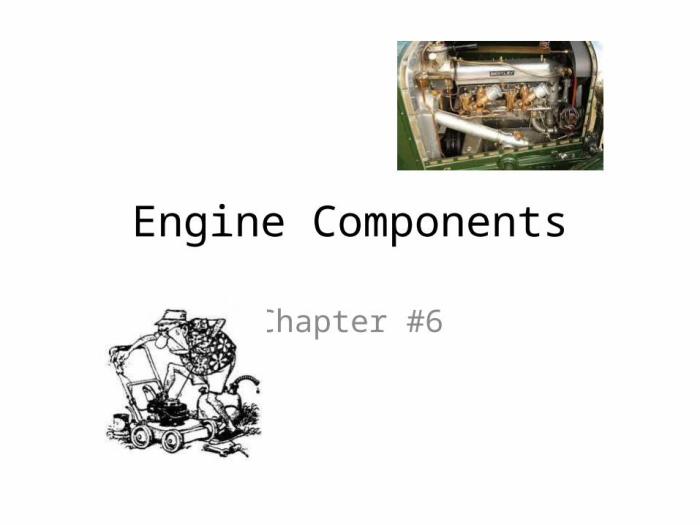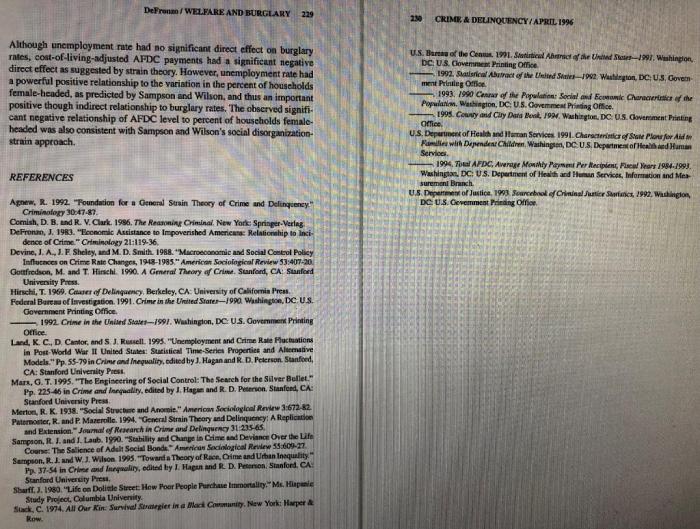Embark on a comprehensive exploration of engine components with our chapter 6 engine components answer key. Delve into the fundamental building blocks of an engine, their functions, types, and the intricate interplay that drives engine performance.
This meticulously crafted guide provides a deep understanding of engine component design, engineering considerations, troubleshooting techniques, and real-world applications. Prepare to unlock the secrets of engine operation and optimize performance.
Engine Components: Definitions and Functions

An engine is a complex system composed of numerous components, each with a specific function. These components work together to convert various forms of energy into mechanical energy, enabling the engine to operate and power various devices.
The fundamental components of an engine include:
- Cylinder: A cylindrical chamber where the combustion process takes place.
- Piston: A cylindrical-shaped component that moves up and down within the cylinder, converting the expanding gases from combustion into mechanical energy.
- Connecting rod: A link between the piston and crankshaft, transmitting the piston’s motion to the crankshaft.
- Crankshaft: A rotating shaft that converts the reciprocating motion of the piston into rotational motion.
- Valves: Control the flow of air, fuel, and exhaust gases into and out of the cylinder.
- Camshaft: A shaft that controls the timing and opening of the valves.
- Spark plug: In gasoline engines, it provides the spark that ignites the air-fuel mixture.
- Fuel injector: Injects fuel into the cylinder.
These components play crucial roles in the engine’s operation. The cylinder provides the space for combustion, the piston converts the expanding gases into mechanical energy, and the connecting rod transmits this energy to the crankshaft. The crankshaft then converts this reciprocating motion into rotational motion, which is transmitted to the output shaft.
The valves control the flow of gases, the camshaft ensures proper timing, and the spark plug or fuel injector initiates the combustion process.
Common Queries: Chapter 6 Engine Components Answer Key
What are the key functions of an engine component?
Engine components play crucial roles in converting fuel into mechanical energy, controlling emissions, and ensuring efficient operation.
How do different types of engine components contribute to system performance?
Each type of engine component, such as pistons, valves, and camshafts, performs specific functions that collectively contribute to overall engine efficiency, power output, and reliability.
What factors influence the selection and optimization of engine components?
Factors such as engine size, power requirements, fuel type, and operating conditions influence the selection and optimization of engine components to achieve desired performance.

